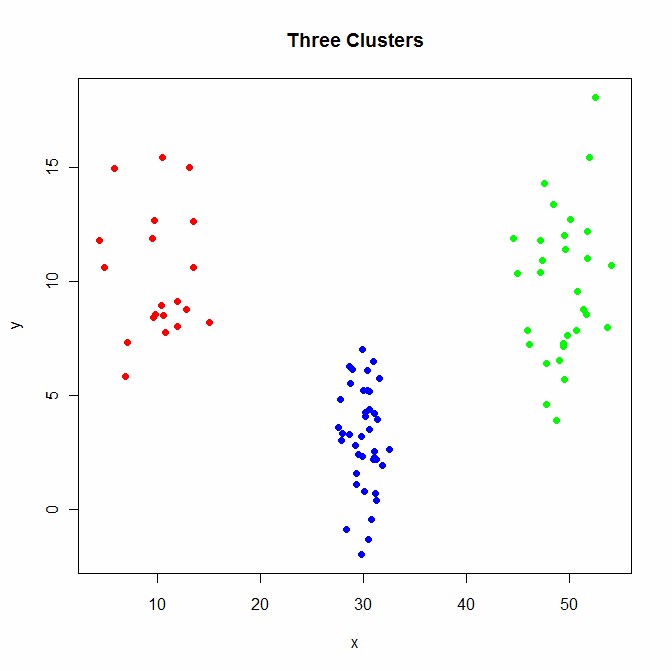Statistical Consultants Ltd |
      |
Data Mining ServicesData mining involves using statistical and computational techniques to reveal useful information (usually) from a large amount of data. When applied to data from a sales database, data mining techniques can reveal valuable insights into customer behaviour. Data mining techniques / applications provided by Statistical Consultants Ltd include (but are not limited to) the following: Predictive Modelling of Customer ValueSome customers/clients are more valuable than others. Time and money is often wasted on advertising and soliciting attempts on people unlikely to spend. It may be possible to estimate a customer’s propensity to spend, using statistical modelling techniques.Example – Mail Order Catalogue: A company would like to send a mail order catalogue to customers listed on their database. The following steps could be taken to reduce wasteful spending:
Classification of Customers / Clients
 Classification techniques are a type of predictive modelling that predicts categories rather than quantities. Classification models could be used to classify new customers / clients into known groups. For example: Predicting whether or not a loan applicant would default based on their income, their credit ratings, the amount they borrow, and other data about the applicant. Cluster Analysis / Market Segmentation Cluster analysis involves forming groups of similar observations. Once the main clusters have been identified, the statistical characteristics of each cluster would be investigated. In a marketing context, this usually involves grouping customers/clients. This is known as market segmentation. By finding the main types of customer/clients, a business can then gear their marketing, pricing and production strategies towards each group rather than take a ‘one size fits all’ approach. Customer RetentionEfforts made to retain existing customers tend to be cheaper than advertising to attract new ones.If a sales database contains the records for individual customers, data mining could be used to investigate which customers appear to have stopped buying and why they have stopped. This information could then be used to help develop a customer retention plan. Customer retention is also known as customer churn prevention. Product LinkageIt may be common for two or more products to be sold together. Once the product links are identified, the linked products could then be marketed more effectively by having them marketed together. Marketing strategies that take into account product linkage include:
There are several statistical approaches that can be taken in a product linkage analysis, including:
Other Data Mining ApplicationsIn addition to marketing purposes, data mining techniques can be applied to:
|
      |
| Copyright © Statistical Consultants Ltd 2010- |